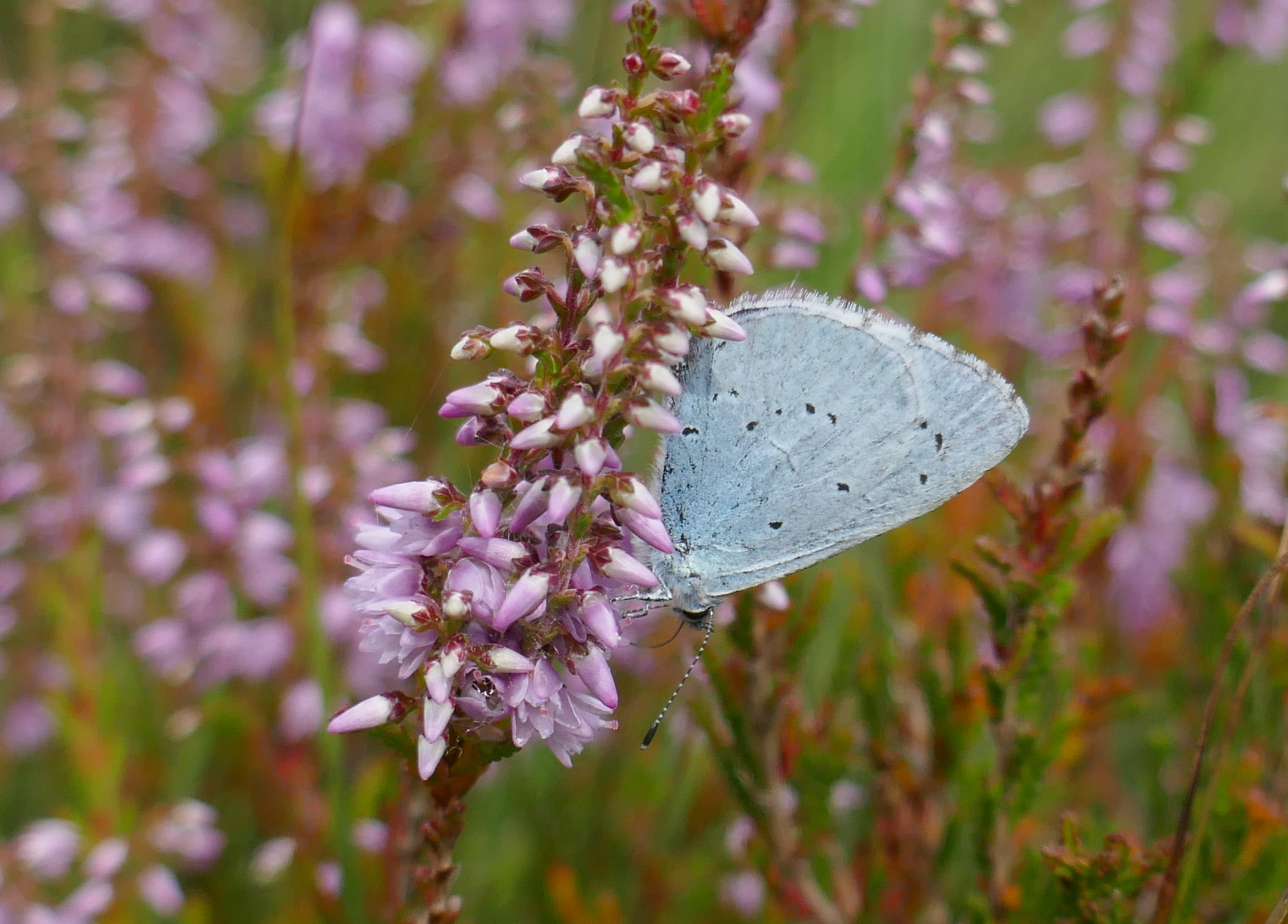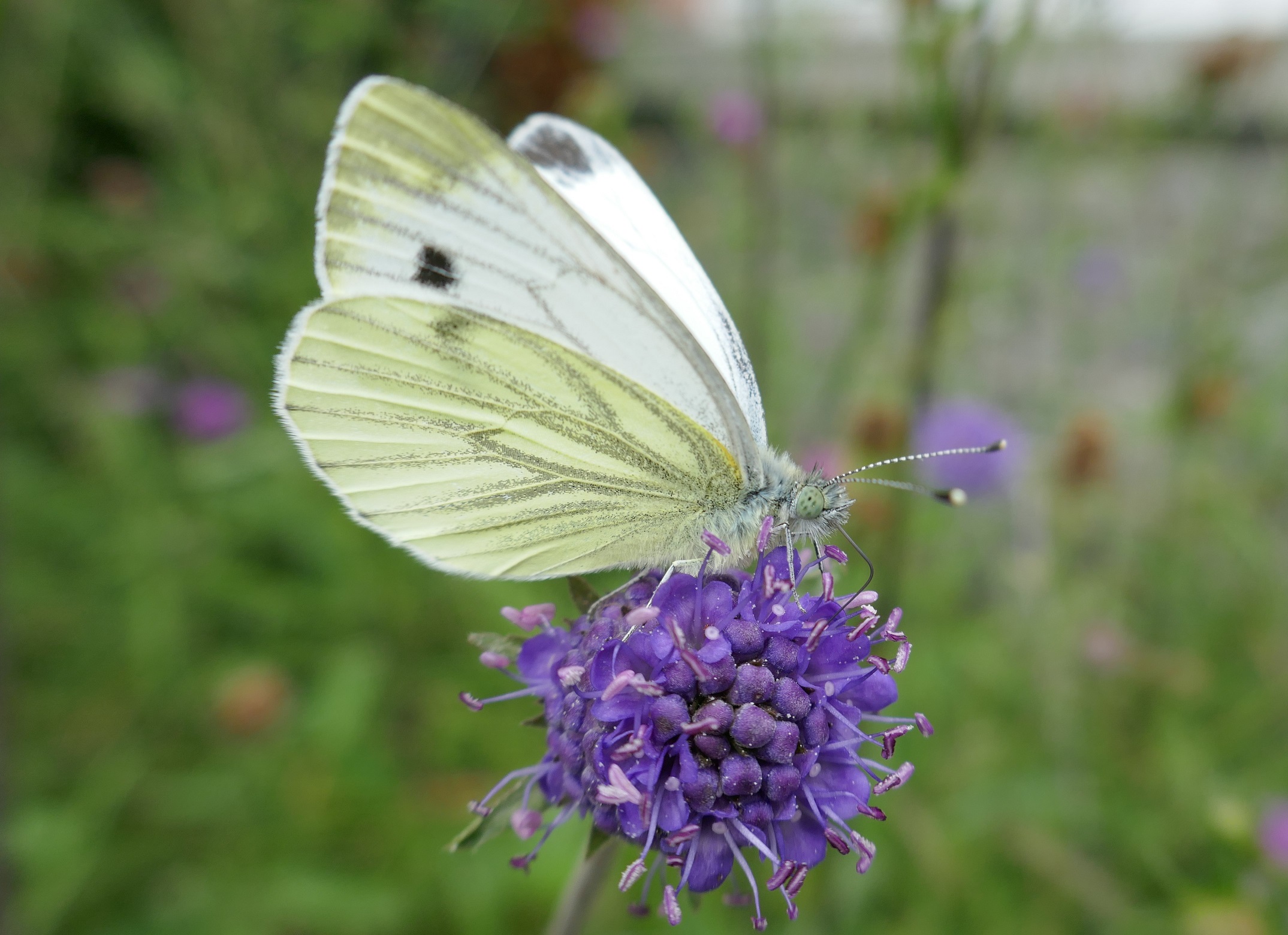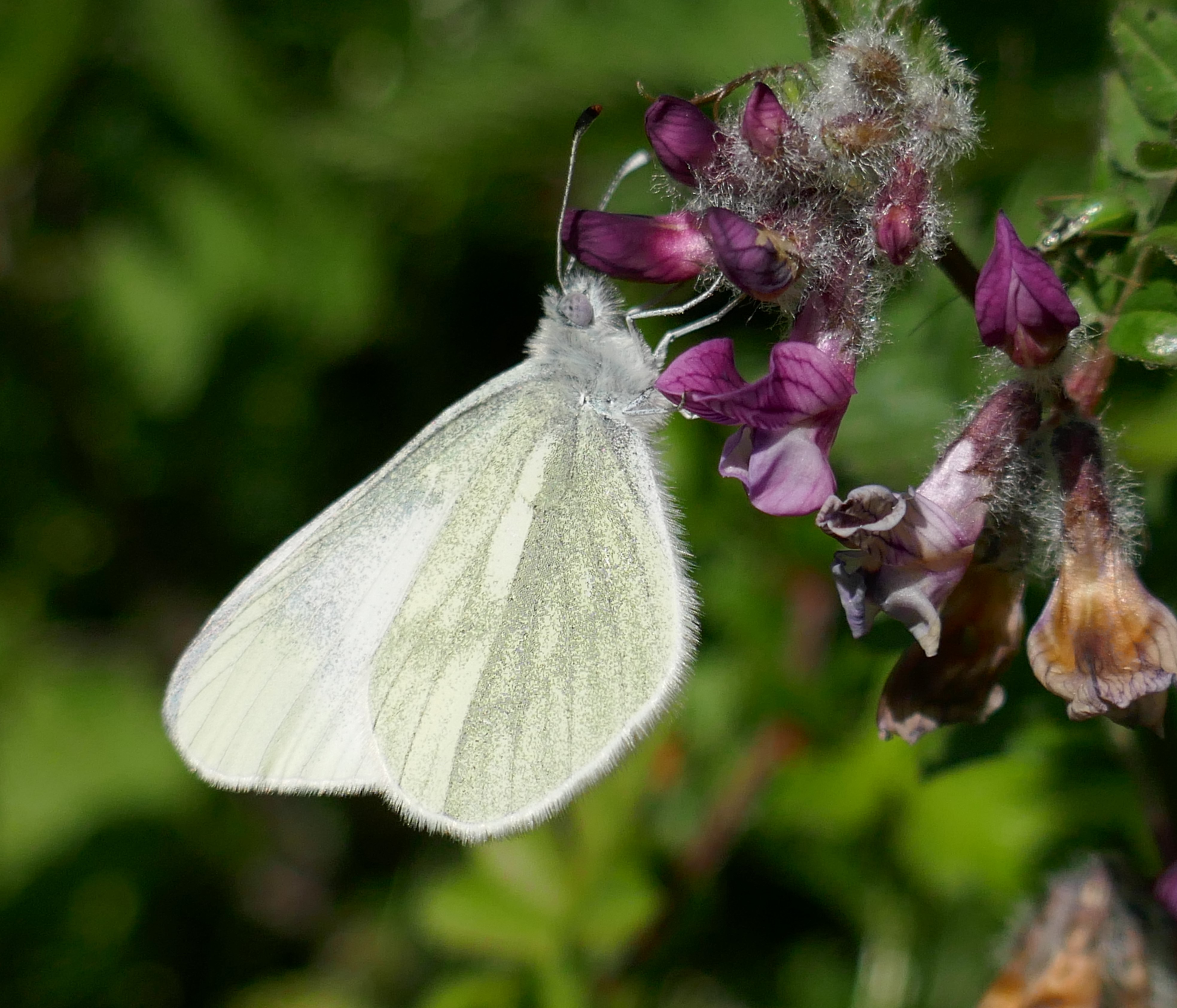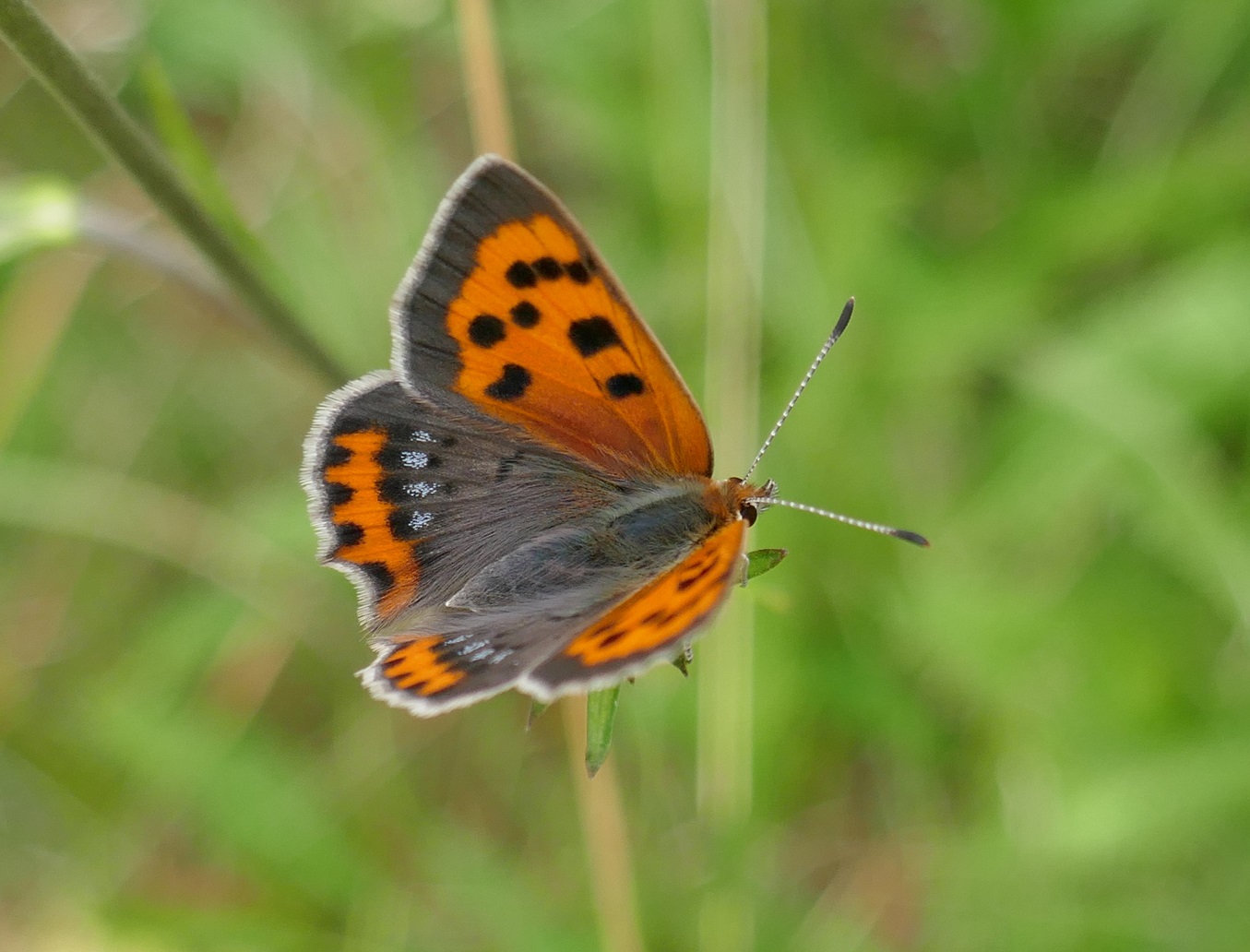Every year, up to this, I have been contacted by one media outlet or another to explain where our butterflies are and why aren’t we seeing them. The interviewer typically prefaces his or her question with, “When I was a child I saw plenty of butterflies, so why am I seeing so few today?”
This year, 2023, is the first year that I was not asked this question. On the contrary, people commented happily about finding large populations adorning gardens and elsewhere this summer (but not in spring) and taking delight at seeing so many. Are they right, or is this just an impression formed by seeing butterflies when people have time off, like during August? Butterfly abundance peaks do not occur at the same time every year, so the poor weather in July is likely to have pushed peaks into August when the weather improved, and people had time to notice.

Let’s leave the butterfly year of 2023 to the annual report we publish under the Report heading. The National Biodiversity Data Centre (NBDC) has published the Irish Butterfly Monitoring Scheme Newsletter for 2022, the warmest year on record. What do the findings tell us?
Firstly, just a quick word on how the information is obtained. The Irish Butterfly Monitoring Scheme (IBMS) involves walking a fixed route (transect) on a weekly basis from 1st April to 30th September each year when weather conditions are favourable. The number of the different butterfly species seen along different sections of each transect are recorded. These records are the basic data upon which the analysis is based. The IBMS tracks population and phenology (time of flight) trends in Irish butterflies, detecting the impacts of factors such as land use and climate change on the Irish butterfly population.
A reduced effort transect scheme, the Five Visit Monitoring Scheme (FVMS) helps to capture abundance. (Several Butterfly Conservation Ireland (BCI) members are involved in these important schemes and BCI runs its own recording scheme which provides data on distribution).
The results in the 2022 report do not make for happy reading.
The multi-species index which estimates the overall direction of change in the butterfly population using Ireland’s most common resident butterflies (15 species) shows that once again there was a moderate decline (-57%) in the number of butterflies flying in 2022 when compared with the baseline year of 2008 (the start of the monitoring scheme). Only the Holly Blue Celastrina argiolus showed an increase in the last 10 years (+149%), with all other species showing uncertain, stable or moderately declining trends.

It is important to note that the multi-species index is a useful index to show overall trends in population changes of common butterflies of the wider countryside. However, it does not generate sufficiently reliable data to track how the populations of our more localised or specialised butterfly species are changing. This is because there is currently not enough data being recorded for these species. To capture adequate information on these species additional species-specific schemes (like the Marsh Fritillary Monitoring Scheme) are needed.

The greatest declines during the period 2008-2022 are the Green-veined White (-81%), followed by Meadow Brown Maniola jurtina (-74%), Ringlet Aphantopus hyperantus (-72%), Large White Pieris brassicae (-71%), and Small Heath Coenonympha pamphilus (-68%). Aside from the Small Heath which has lost the status of being a wider countryside butterfly, all of these are, which suggests that there are significant problems in our environment. These are widespread butterflies, which suggests a widescale environmental crisis. Butterfly abundance will rise and fall naturally from year to year, but these declines span 14 years and are persistent.

Without great changes to farming methods, this is unlikely to change. The causes are not provided by the IBMS data but we can see that our farmed landscape is doused with herbicide, pesticide and synthetic fertilisers. These damage vegetation and butterflies; there is scientific evidence for this, as well as the more subjective, anecdotal support derived from personal experience.
A damp grass field near my home supported common countryside butterflies such as Orange-tip Anthocharis cardamines, Green-veined White Artogeia napi, Cryptic Wood White Leptidea juvernica and the Small Copper. Intensification began to occur. The vegetation was topped early one year to tackle rushes Juncus spp. This did not impact the butterflies but this spring herbicide was applied. It completely removed Common Sorrel Rumex acetosa (Small Copper foodplant), Cuckooflower Cardamines pratensis (Orange-tip and Green-veined White foodplant) and most if not all vetches especially Meadow Vetchling Lathyrus pratensis (Cryptic Wood White). I observed none of these species in this field in 2023. Even when herbicide is not used, nitrates play havoc with many butterflies.
While the EU Nitrates Directive has cut organic nitrates that can be applied to 220kg of nitrate per hectare, this figure is above the safe physiological tolerance level of the larvae of the six butterfly and moth species (Small Copper, Sooty Copper Lycaena tityrus, Speckled Wood Pararge aegeria, Small Heath, Blood Vein Timandra comae and Straw Dot Rivula sericealis) studied by Susanne Kurze and her colleagues.

The Kurze study showed declines in the survival of all six species when fed on sorrels and grass (depending on the moth or butterfly) when their plants were given between 150 and 300 kg N ha−1 year−1. At the higher rate, the sorrels died. The survival rate of the Small Copper was nearly 50% lower in the group fed on N300 than those fed on unfertilised plants. Grass-feeding species also suffered. The survival rate in the Small Heath and Speckled Wood declined by one-third under both nitrogen treatments compared with unfertilised plants. Interestingly, some Speckled Wood larvae survived to pupation but the Small Heath larvae that died did not live longer than 45 days or reach pupation. The most sensitive species was the Straw Dot. Its survival rate declined by half between the control and the N150 treatment and about 80% between the control and the N300 treatment.

Photo taken in Tuscany J. Harding
This study only scratches the surface. It did not deal with the impacts of these fertiliser concentrations on the overall vegetation in the wild, or the effect of more vigorous plant growth on soil and above-ground temperatures, all of which can also be expected to influence survival rates.
There is a great need for sustainable farming. Stocking rates are absurdly high, maintainable only by massive fertiliser inputs which poison wildlife, pollute water and add to global warming gases.
There is certainly no excuse for continuing to kill off our planet’s most beautiful animals. We waste about one-third of our food, so we are grossly over-producing and over-consuming. Our butterflies don’t need it and nor do we.
Key References:
Judge, M and Lysaght, L. (2023). The Irish Butterfly Monitoring Scheme Newsletter, Issue 15. National Biodiversity Data Centre.
Kurze, S., Heinken, T. & Fartmann, T. 2018, “Nitrogen enrichment in host plants increases the mortality of common Lepidoptera species”, Oecologia, vol. 188, no. 4, pp. 1227-1237.
All photographs © J. Harding

